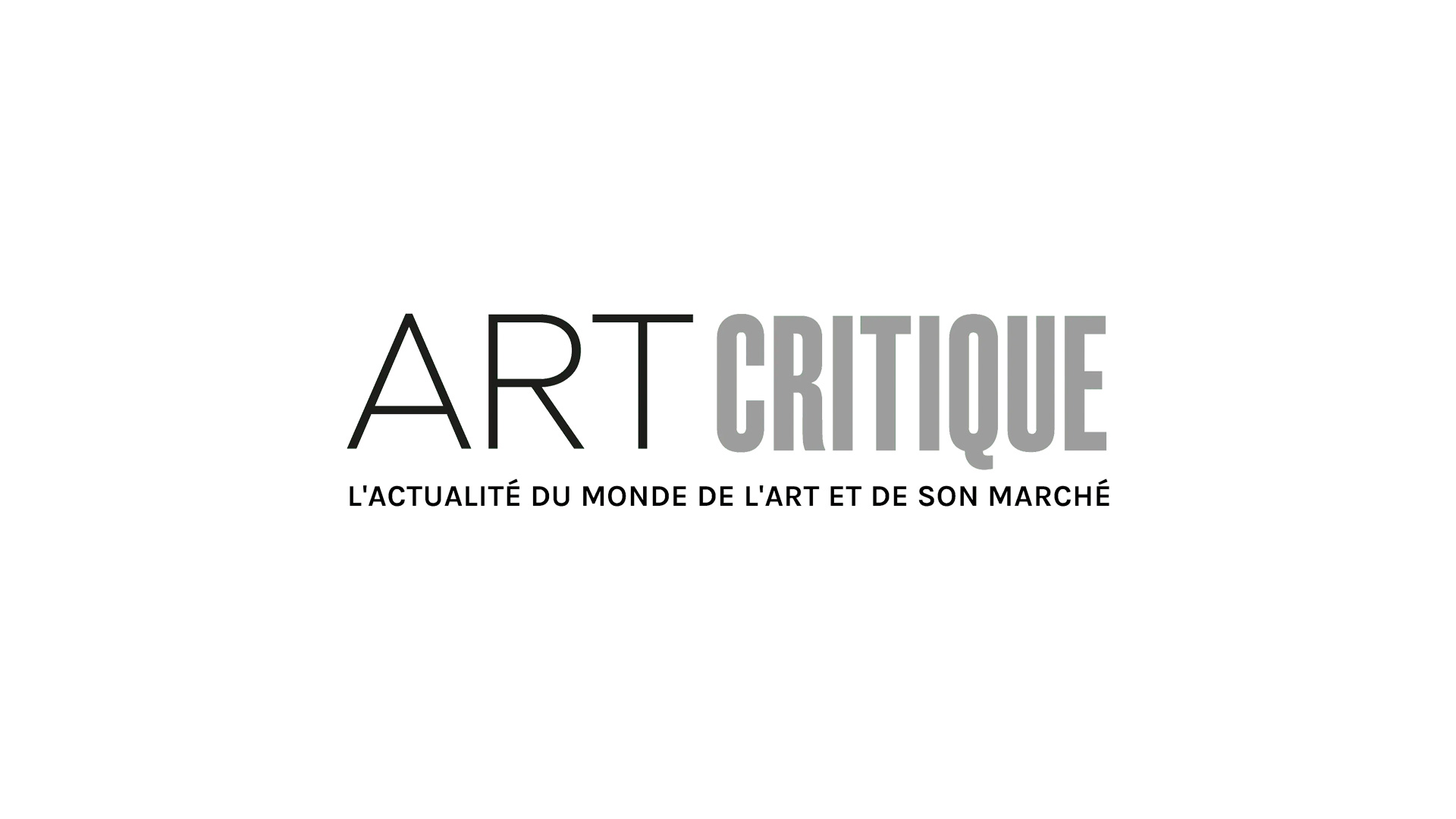On January 24th, the employees of the New Museum in New York City voted to unionize, marking the end of a contentious public battle with the museum. When the employees first began the motions to organize for better pay and better hours, the museum—which prides itself on showcasing the most cutting-edge art—responded by hiring the law firm Adams Nash Haskell & Sheridan, which is known for its resistance to union organizing. The New Museum employees then staged a public demonstration, and a group of fifty prominent artists circulated an open letter in support of the workers.
The controversy highlighted the great discrepancy found in the art world between institutional rhetoric and the actual material practices behind their operation. The irony is that while many museums make a show of broadcasting their democratic intentions, their subversiveness, and their commitment to the avant-garde, their actual organizational structures more closely mirror the banal and oppressive conditions of the status quo.
A report by the National Center for Arts Research found that men outnumber women in museum leadership positions, particularly in the most prominent institutions with the largest budgets. Female directors also make less than their male counterparts. According to a 2015 survey conducted by the Mellon Foundation, museum leadership also continues to be largely white. “Although 28 percent of museum staffs are from minority backgrounds, the great majority of these workers are concentrated in security, facilities, finance, and human resources jobs,” the survey cites. “Among museum curators, conservators, educators and leaders, only 4 percent are African American and 3 percent Hispanic.”
Poor compensation precludes the less economically advantaged from pursuing employment in museums—people who do not have the luxury of taking unpaid internships or working for low pay in expensive major cities. As one former New Museum employee told Artnet, “I took the job because I would’ve chopped my arm off to work there at the time, but it just wasn’t sustainable. I didn’t have a safety net, no support from my parents. A lot of people get to the point where they’re like, ‘I’m working a job meant for rich people.’”
While an institution like the New Museum may pay lip service to providing “a platform for cross-cultural dialogue, fostering empathy, mutual understanding, and respect,” this goal might not be reflected in how the organization is actually run. According to the New Museum’s mission statement, it “embraces difference, debate, and multiple viewpoints regardless of race, gender, class, or creed.” In the online statement, the word “difference” links to an event, “Black Women Artists for Black Lives Matter,” convened by the museum’s artist-in-residence Simone Leigh. Similarly, “debate” links to a performance piece by the collective My Barbarian that “uses performance to theatricalize social problems and imagine ways of being together.” “Gender” cuts to a panel discussion on the question of “quantum feminism” with a group of leading female-identifying artists. What this shows is that the museum engages the idea of difference only through its exhibitions and programming—essentially outsourcing the difficult work of imagining and enacting “a more free and open civil society” to its artists.
While these exhibits and programs are important, it’s also crucial for progressive cultural institutions to address the ways in which they are complicit in the growing and deep socioeconomic inequalities that characterize the neoliberal state. If art is to be more than a luxury item for the ruling class, and more than just a fangless critique, then we need to transform the institutional apparatus that supports it. This means paying equal attention not only to what theorist Nancy Fraser terms “symbolic injustice,” or “the social patterns of representation, interpretation, and communication” that work to oppress through a set of dominant cultural norms but also to “socioeconomic injustice”: how resources are distributed in a society. It means paying attention to labor practices, which reflect larger systemic inequalities in relation to race, gender, and class.
For those in the arts and humanities, whose business it is to traffic in words and images, it’s perhaps tempting to believe that a more equitable world can be achieved solely through the work of representation. And yet what the struggle of the New Museum workers reveals is that we need, with the knowledge that the two are irrevocably entwined, to attend just as much to material concerns: Who is being compensated, how much, and for what type of work? Who is being paid and who is not?





